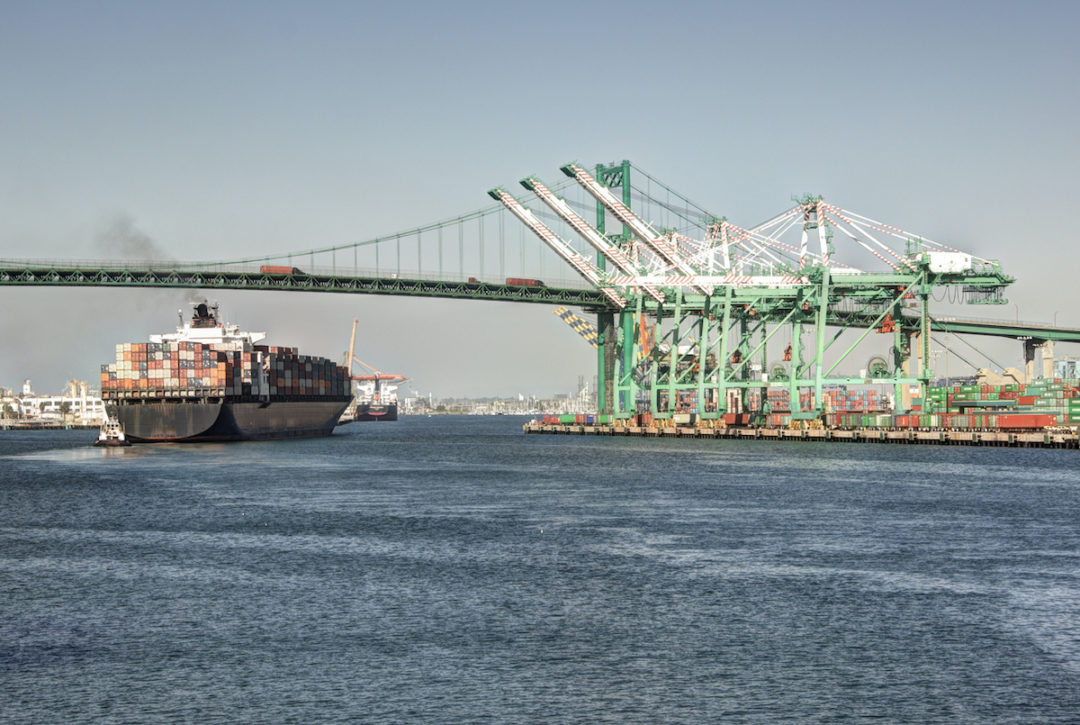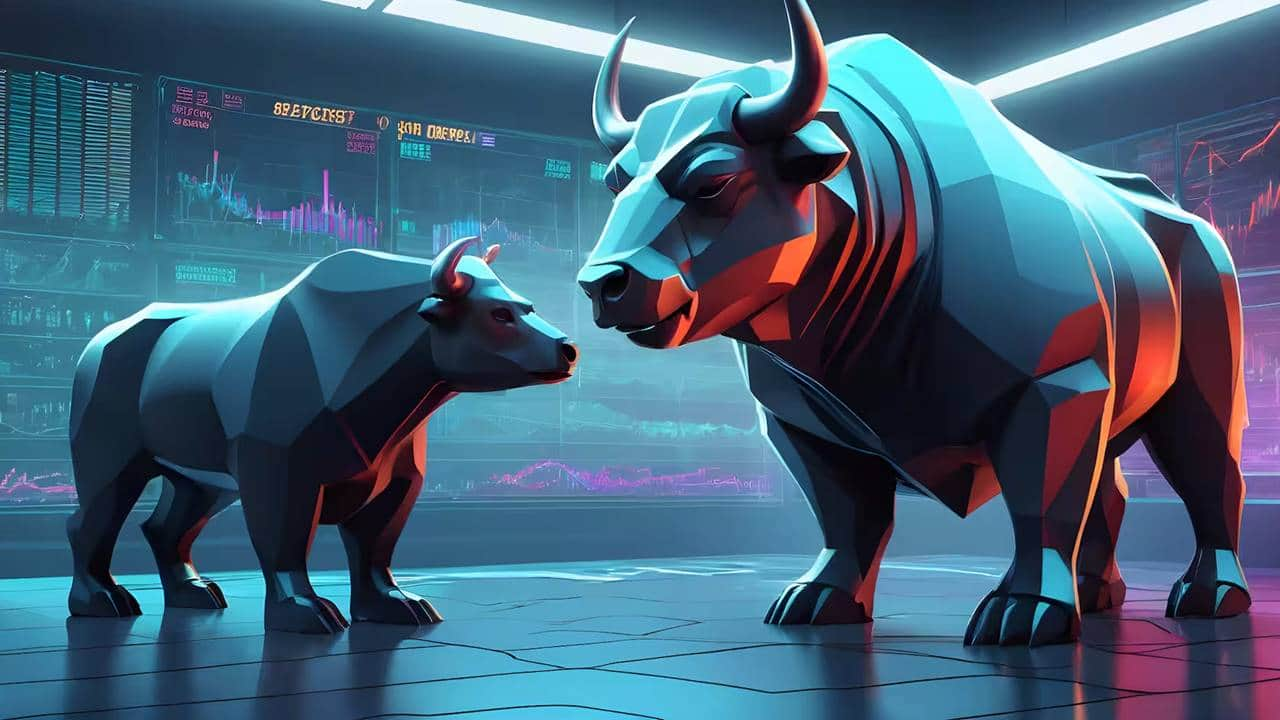Waste colonialism is an under-recognized yet far too prevalent practice, whereby developed nations export millions of tons of used clothing to Africa, Asia and Latin America, ultimately burdening underdeveloped nations with the world’s massive textile waste. Driving this issue is the "fast fashion" trend, where consumers purchase new clothing more frequently and inexpensively, only to discard items quickly as they chase the latest TikTok and runway trends. When consumers attempt to donate their unwanted items, these garments often end up in landfills or incinerators after being shipped from high-consumption countries in the global North to nations in the global South, such as Chile and Ghana, which lack the resources and infrastructure needed to manage this overwhelming textile waste.
For example, in 2021, mountains of secondhand clothing were dumped in Chile’s Atacama desert. The promising local textile recycling initiatives meant to address the problem were shut down due to a lack of economic feasibility, and piles of old clothing were burned, releasing noxious air pollution into the bordering city. What Can Be Done About It? Textile-to-textile recycling, or transforming used clothing and other textile waste into new fabrics, yarns and products, can reduce waste.

This process can involve mechanical or chemical recycling, with the first working by breaking down fibers and the second focusing on depolymerizing and rebuilding synthetic fibers. Chemical reduction can also be used on both natural and manmade fibers, such as polyester and spandex. The challenge with textile-to-textile recycling is that it can be expensive, very complicated and often creates a sizable waste stream of its own, along with carbon emissions.
So when you factor in the cost and lifecycle analysis, many textile manufacturers and fashion brands deem it not worth the effort. In this case, the only options are to send the waste to landfill, or burn it. In spite of this, there have been several notable successes in this area.
They include the recently rebranded and relaunched Circulose, a leader in cellulose-based textiles that’s helping to shift the textile and fashion industry towards a more sustainable model. Circulose is made from 100% recycled textiles, such as a pair of worn-out jeans. It is a “dissolving pulp” that can be used to make viscose, lyocell, modal, acetate and other types of regenerated fibers (also called man-made cellulosic fibers), which are then spun into yarns, woven or knitted into fabrics, and finally cut and sewn into new textiles, garments and apparel.
The company is collaborating with a wide range of textile manufacturers, brands and retailers including Levi’s, Tommy Hilfiger and Calvin Klein. What Does It All Mean? There are several key lessons that textile manufacturers and fashion brands can glean from the growing “donation dumping” crisis. First, these companies need to be thinking extensively about end-of-use and end-of-life for their products — specifically, how they can address their product inputs to make this easier.
Addressing inputs is no longer a “nice-to-do,” but increasingly a necessity as more extended producer responsibility (EPR) regulations, like California’s SB 54 , take effect. These regulations are shifting the burden of managing product waste from governments and consumers to producers, encouraging them to design products and packaging for recyclability and overall waste reduction. From a supply chain perspective, “what comes out” is now equally as important as “what goes in,” as the traditional supply chain is no longer linear, but increasingly circular.
Second, there are organizations that are achieving truly circular supply chains — or at least driving the industry toward a more sustainable model — whether through textile-to-textile recycling, “re-commerce,” or simply increasing product durability so fashion can last longer. Increasingly, consumers are factoring environmental friendliness into their purchasing decisions, and these companies will set the standard against which other companies are measured. Third, it is possible to do good and make money at the same time.
Textile manufacturers and fashion brands can and should do both — the viability of today’s businesses depends on it. To date, a natural philosophical tension has existed between the traditional business paradigm (emphasizing stakeholder capitalism, with companies primarily motivated by VCs, profit and commercial gain), and the new, more modern model, which focuses on good growth and the “triple bottom line” of people, planet, and profit. We believe that companies still subscribing to the former model are adhering to an archaic way of thinking about business.
Sustainability is having its moment now, and organizations that strive to do good and make money at the same time are outperforming those clinging to the outdated, purely capitalistic approach. They see consumers, partners and prospective employees gravitating to their products and services. The key lies in uncovering your unique sustainable value proposition.
Although a rigorous process, it can often generate a great deal of creativity, ideas, innovation and strategic partnerships along the way. Every season, we go through our closets and decide what we want to donate to Goodwill. We feel good about giving our gently used clothing to others who may be more needy than ourselves.
However, this practice, as benevolent as it may seem, often causes more harm than good, because the global secondhand clothing trade is colonizing waste in lower-income countries. It’s high time that this harmful practice ends. With several leading textile manufacturers and fashion brands taking innovative steps to help bring an end to waste colonialism, the bar has been set, and the industry mandate for more circular and sustainable supply chains is clear.
Phil White is co-founder and chief strategy officer with grounded ..
Business

How to Stop Western Wardrobe Waste From Overwhelming Developing Nations

Waste colonialism is an under-recognized yet far too prevalent practice, whereby developed nations export millions of tons of used clothing to Africa, Asia and Latin America.















